Why I “Need” an AR-15
Once again, there has been many mass shootings involving a gun that looks like an AR-15 (it’s technically a Sig Sauer MCX, which may or may not be an “AR-15”… more later on this definitional issue and why it actually matters beyond mere neckbeard pedantry). And, once again, the calls have gone out to ban the “black rifle” from civilian sales. “Nobody needs one of these weapons of war”, is the common refrain.
Yet, if the statistics from the National Shooting Sports Federation can be believed, some 5 million Americans have decided that they do, in fact, “need” an AR-15. Are all of these people bloodthirsty savages? Delusional survivalists? Military fetishists? Insecure men with tiny… hands?
If you’re prepared to answer ‘yes’ to all of the above and consider the case closed, then please move on and don’t read anymore. This article isn’t my attempt to justify anything to you — it’s not a defense of what’s in my gun safe or of the AR-15 itself. If, for you, my AR-15 ownership is prima facie evidence of my mental instability, sexual inadequacy, lack of a conscience, or what-have-you, then I honestly don’t care what you think about this issue. You can go back to broadcasting your own moral superiority on social media, and I can go back to tuning you out until your rage therapy session is over.
No, this article is for the genuinely curious — those who assume that 5 million of their fellow Americans are not inhuman or insane, and who want to understand what set of rationales, no matter how flawed and confused they may ultimately turn out to be, could make an otherwise normal person walk out of a gun store with an “assault weapon.”
By the end of this piece, you probably still will not believe that I or any other civilian actually needs an AR-15. That’s fine. My only hope is that you’ll go forth better equipped to talk about gun control based on an understanding of how real live people view and use these firearms.
Note: Before I get started, if you’re like Rep. Alan Grayson or Sen. Bernie Sanders, both of whom I admire greatly and neither of whom seems to know the difference between a fully automatic weapon and a semi-automatic weapon, please Google this issue before reading further. This semi- vs. full-auto distinction is not even remotely minor, and when you read up on it you’ll see why. The rifles I discuss in this piece are are not “automatic weapons,” they are semi-automatic.
Update: After you’re done with this piece, before you take to some social media channel to inform me that I don’t know the difference between a “need” and a “want”, please read this.
Weapons of War
The AR-15 was originally designed as a weapon of war, for man-killing and not for hunting or for target shooting — this is an obvious fact. But this is also true of most popular firearms throughout history, including your grandpa’s lever action hunting rifle.
The vintage Henry lever action rifle — the quintessential 20th century deer rifle — was originally deployed to devastating effect in the Civil War.
As much as I’m convinced that Wikipedia citations are a sign of laziness, the Henry entry is worth a read:
For a Civil War soldier, owning a Henry rifle was a point of pride. Letters home would call them “Sixteen” or “Seventeen” Shooters, depending whether a round was loaded in the chamber. The US Government purchased about 3,140 (early versions with inspector marks) in late 1863 to early 1864, mostly for Cavalry units… More Henrys were purchased by soldiers than by the government. Many infantry soldiers purchased Henrys with their reenlistment bounties of 1864…
When used correctly, the brass framed rifles had an exceptionally high rate of fire compared to any other weapon on the battlefield. Soldiers who saved their pay to buy one believed it would help save their lives.
The Henry was the AR-15 of its day, and it was followed over the years by the invention of the even more effective semi-automatic firearm, and then by a succession of long guns that we now generally take to be suitable for civilian use.
My point in bringing up the lever action rifle is that civilians have been buying “weapons of war” for a very long time, since the black powder musket days. This is partly because soldiers who come home from wars to enter civilian life often want to buy a version of the weapon they were trained on and trusted their life to. And it’s also because “military grade” is widely (if sometimes mistakenly) understood to mean “this technology has been tested in the real world, the kinks have been worked out, and its reliability and effectiveness have been proven in the field by an entity with the resources of an entire nation at its disposal.”
Thus it is that since the dawn of the gunpowder age, gun buyers have snapped up military hardware, because that is often the very best hardware they can get their hands on. In this respect, today’s AR-15 buyers are no different than yesteryear’s lever action rifle buyers.
This is all part of the reason why I, a civilian, “need” a military-grade combat weapon. I don’t want to shoot and miss; I don’t want the gun to jam because it’s dirty or cold; and I don’t want to hit my target and then have it run off into the woods and die lost and wounded because I didn’t “bring enough gun”. Like my grandpa with his “military-grade” lever action rifle, I want a modern firearm that’s popular (which means parts and training are cheaply and widely available), ergonomic, rugged, accurate, and reliably effective, so that none of the aforementioned bad things happen to me when I’m shooting.
But, you’ll argue, isn’t the AR-15 uniquely deadly? Unlike the lever action rifle, isn’t the black rifle a weapon of godlike power, suitable only for putting as much lead on the battlefield in as short a time as possible? And in their desire to own one of these turbocharged weapons of mass slaughter, which is clearly overkill for anything but mowing down herds of humans, aren’t today’s AR-15 buyers uniquely twisted and callous? Isn’t it time that gun buyers settled for second or third or fourth best, for the “good of the their fellow citizens”?
The short answer to all of the above is, “no”.
The slightly longer answer is that your understanding of what the AR-15 is “for” is all wrong, and says more about Hollywood’s portrayal of black rifles than it does about how these guns are used in the real world.
“Say Hello to My Little Friend…”
If the AR-15 were a weapon that’s suitable only for indiscriminate, spray-n-pray mass slaughter, then it wouldn’t be so popular with police.
There is no conceivable circumstance in which a police officer — not even a SWAT team member — would need to mow down hordes of people. Yet the AR-15 is the “patrol rifle” of choice for modern police departments from Mayberry to Manhattan. And when you understand why police need the AR-15, then you’ll understand yet another reason why I “need” one.
The AR-15 is less a model of rifle than it is an open-source, modular weapons platform that can be customized for a whole range of applications, from small pest control to taking out 500-pound feral hogs to urban combat. Everything about an individual AR-15 can be changed with aftermarket parts — the caliber of ammunition, recoil, range, weight, length, hold and grip, and on and on.
In a the pre-AR-15 era, if you wanted a gun for shooting little groundhogs, a gun for shooting giant feral hogs, and a gun for home defense, you’d buy three different guns in three different calibers and configurations. With the AR platform, a person with absolutely no gunsmithing expertise can buy one gun and a bunch of accessories, and optimize that gun for the application at hand.
Similarly, the individual members of police and military units can tailor the AR to a specific mission without the help of a professional armorer. Barrels can be swapped out, calibers changed, optics added or removed, and the gun can be totally transformed for every type of encounter, from a long-distance sniper shot at a hostage taker to a close-quarters drug raid in a crowded apartment complex.
So cops and civilians “need” an AR-15 because that one gun can be adapted to an infinite variety of sporting, hunting, and use-of-force scenarios by an amateur with a few simple tools. An AR-15 owner doesn’t have to buy and maintain a separate gun for each application, nor does she need a professional gunsmith to make modifications and customizations. In this respect, the AR-15 is basically a giant lego kit for grownups.
Indeed, anyone who tells you that the AR-15 is bad for hunting and home defense has absolutely no idea what they’re talking about, because by definition an AR is a gun that can be exquisitely adapted for those niches and many others.
To return to the Sig MCX that was used in Orlando, the “AR-15ness” of this gun is debatable — it takes many of the same accessories as an AR, and it fits on an AR lower, but unlike a normal AR it has a folding stock and a piston-driven operating system. Because of this, the MCX is the perfect example of the degree to which the “AR-15” is more of a loose collection of standards than a specific collection of parts. Its very existence is emblematic of the adaptability that’s a big part of the AR family’s appeal.
The Weapon of Choice for Everyone (Including Mass Shooters)
If you’re still with me, then maybe you’re beginning to understand why the AR-15 platform is the most popular type of rifle in America. The AR-15’s incredible flexibility, accuracy, and ease-of-use combine with its status as the most thoroughly tested and debugged firearm in military history to make it massively popular with shooters of all stripes, from hunters to home defense buyers to competitors to police. Parts for the AR are available literally everywhere, and the Internet is chock full of maintenance information and training videos.
The rifle’s popularity is almost certainly the main reason why mass shooters increasingly reach for it when they go on a rampage. Think about it: if you’re planning to shoot up a room full of people, are you going to reach for a rare, exotic weapon that you have little experience with, or will you select the familiar option that’s easy to train with and that you have plenty of practice time behind? The answer, for anybody who shoots, is the latter.
When it comes to operating a firearm under pressure — whether it’s the stress of combat or the excitement of competition — familiarity and muscle memory are everything. It is impossible to overstate the degree to which this is true. I recently got my hands on a Springfield M1A, and I spent my entire first range session with my laptop open to YouTube just trying to figure out how to work the gun and change magazines consistently.
The M1A is an amazing gun (a closely related weapon is actually used by the Marines), but despite the fact that the M1A fires a much larger, deadlier .30 caliber bullet, if I needed to shoot under pressure I’d reach for the smaller AR-15, simply because I can operate that rifle — engage a target, change magazines, troubleshoot and clear a jam — without much thought or effort. I can do all that because the AR-15 is what I know, and it’s what I know because it’s what everyone else out there knows.
The “Defense Rifle”
At this point, you may be thinking: “ok tough guy, if the AR is so flexible, why not configure it to be a defense rifle instead of an assault rifle? BOOM!”
I see this “defense” vs. “assault” nonsense a lot, and I just shake my head, because a “defensive” firearm has the exact same characteristics as an offensive firearm.
Specifically, in a defensive situation, you always “shoot to stop the threat”, which is a police euphemism for “shoot to kill”. I’m not aware of any place in the world where you can go and get professional firearms training and be taught to aim at an attacker’s limbs, or to shoot in a manner that is “less lethal”. Every defensive handgun class will train you to keep shooting at the vitals until the attacker is down. (And even if you were trained to shoot at limbs, you’d need a gun that’s even more controllable and accurate, because moving limbs are harder to hit than center mass!)
To put it another way, there is a spectrum of force, and a firearm of any type is always at the “lethal force” end of it. Once you’ve gone past fists, tasers, and batons, and gotten to the gun, you are no longer in the realm of trying to preserve the attacker’s life; you’re trying to preserve your own.
It’s also the case that, contrary to what you saw in First Blood, adrenaline-fueled humans are hard to kill, even with a rifle. The more fast followup shots you can get on-target, the better your chances of scoring a hit that will stop the threat. This is why smaller caliber rifles and pistols like the AR-15 and the Glock 19 are now dominant in police departments and militaries across the globe — smaller bullets mean you can carry more ammo, which means you have more chances to make that fight-stopping shot.
So the “defensive rifle” (as opposed to the “assault rifle”) is a nonsense idea that exists only in the minds of people who know nothing about guns. This being the case, you can’t fault gun owners for not buying or building such a weapon, because that is not a real thing and never will be. An assault rifle is a defense rifle, and a defense rifle is an assault rifle; these two concepts are identical — such is the very nature of armed combat, in which one person is trying to prevent himself from being killed by killing the other guy first. Anyone who “needs” a defense rifle “needs” an assault rifle, because they are the same.
If You’re Gonna Kill the King, You Gotta Kill the King
So there you have it: the above represents a few reasons why I and a few million other non-crazy Americans own and shoot so-called semi-auto “assault rifles”. (For the pro-gun people, I realize that “assault rifle” means “full auto” to you, but it doesn’t to most folks; and it’s a made-up political term anyway. It really just means “any scary looking gun that we don’t like and want to ban”, so please spare me the nitpicking for using the term to cover semi-auto ARs. We lost that definitional battle a long time ago.)
You may reject all of the rationales offered above, which is fine. It’s totally respectable for you to admit that you don’t believe the rationales for AR ownership outlined above are legitimate, and therefore we should outlaw civilian ownership of a very large category of weapons. But what isn’t respectable is to argue this way, and then to turn around and claim that “nobody is coming for your guns!” That’s insulting, and we both know it isn’t true. Stop doing that.
If you’re serious about banning guns, you can talk about banning all semi-automatic guns, or about restricting guns to a list of approved models or actions. This is may not be politically realistic at the moment, but at least it’s consistent and rational. But talk of banning just the “AR-15” — as if that’s a specific model of gun that you can just up and ban — is technologically infeasible and ultimately counter-productive.
All you do when you make a lot of noise about assault weapon bans, noise that you can’t even remotely back up with legislative action, is to boost sales of the very weapons you hope to eliminate. Truly, if you’re gonna kill the king, you gotta kill the king; you can’t just loudly threaten to kill the king, then lamely attempt to give him a wedgie (and fail at even that), and then not expect blowback. Here’s how that approach is working out:
Postscript: What is to be Done?
For what it’s worth, I do actually believe the fact that this violent nutjob who had been interviewed by the FBI three times was able to get a gun is so obviously messed up that it’s foolish to suggest otherwise. In an even slightly less crazy world, this guy would never have had a weapon — not even a Cricket children’s rifle.
I’m gonna be super duper honest, here: I think even the NRA is looking at “unhinged Muslim guy who had ISIS sympathies” and also thinking that such a person probably should not have had access to guns (albeit for different reasons than your typical leftie). But just like when you’re in the supermarket and you see some awful parent verbally abusing their kids and you think, “this person should have been sterilized before it got this far”, but you’d never actually suggest that because you don’t want anyone sterilizing you, the NRA is not likely to express this sentiment in public.
I’ve been thinking about this issue for years, and I actually do have a pretty detailed proposal for how to use network effects to keep guns out of the hands of people who shouldn’t have them. At some point soon I’ll publish it for everyone to ridicule, ignore, or (since it’ll be on github) to fork and/or create pull requests. I don’t think we’re powerless, and I also believe that there’s an approach to “shooter control” (and not “gun control”) that we may even be able to get the NRA to sign on to.
More to come.
Appendix: Further Reading
My own journey with the AR-15 began with this long Wired piece I wrote in the wake of Newtown: “The AR-15 Is More Than a Gun. It’s a Gadget”. This is still the longest and most substantial thing I’ve written on the AR platform — I attended the SHOT Show in Vegas, interviewed gunmakers and enthusiasts, and generally did old-fashioned reporting. This piece covers the history, development, and present culture around the black rifle.
More recently, I’ve written on the assault weapons ban in the context of a discussion of smart guns for Tech Crunch: “Why the NRA hates smart guns”. (Although, the predecessor to that piece, which is about the general problems with smart guns, is a lot better than the NRA-focused followup.)
Finally, if you want to read a frustrated rant that’s way too long, needs edits, and should have been broken up into at least three pieces, check out: “Why “Moderate” Pro-Gun Groups like ACRGO Always Fail”. This is my attempt to answer the often asked question, “why is there no moderate alternative to the NRA that attracts middle-of-the-road gun owners?”


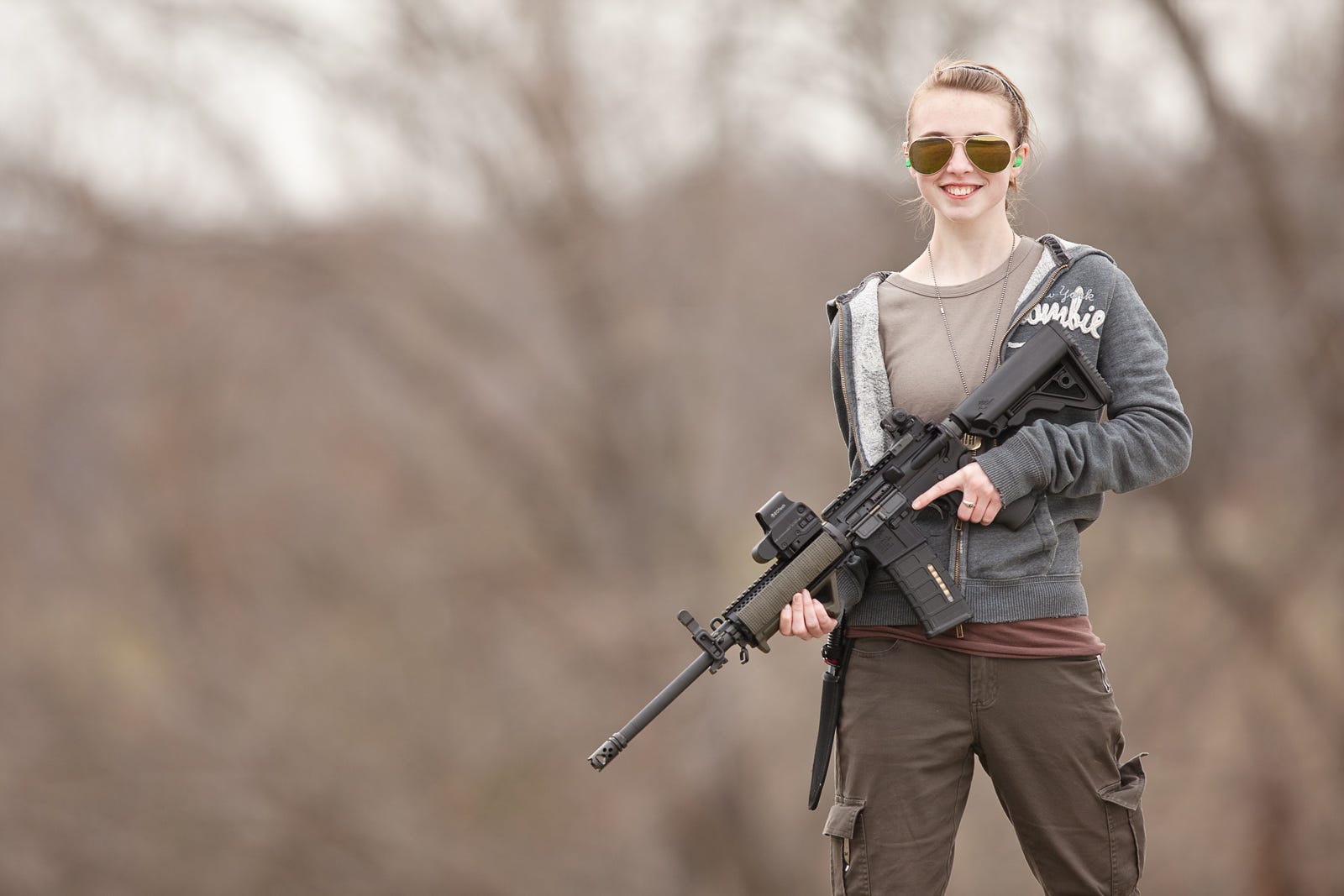
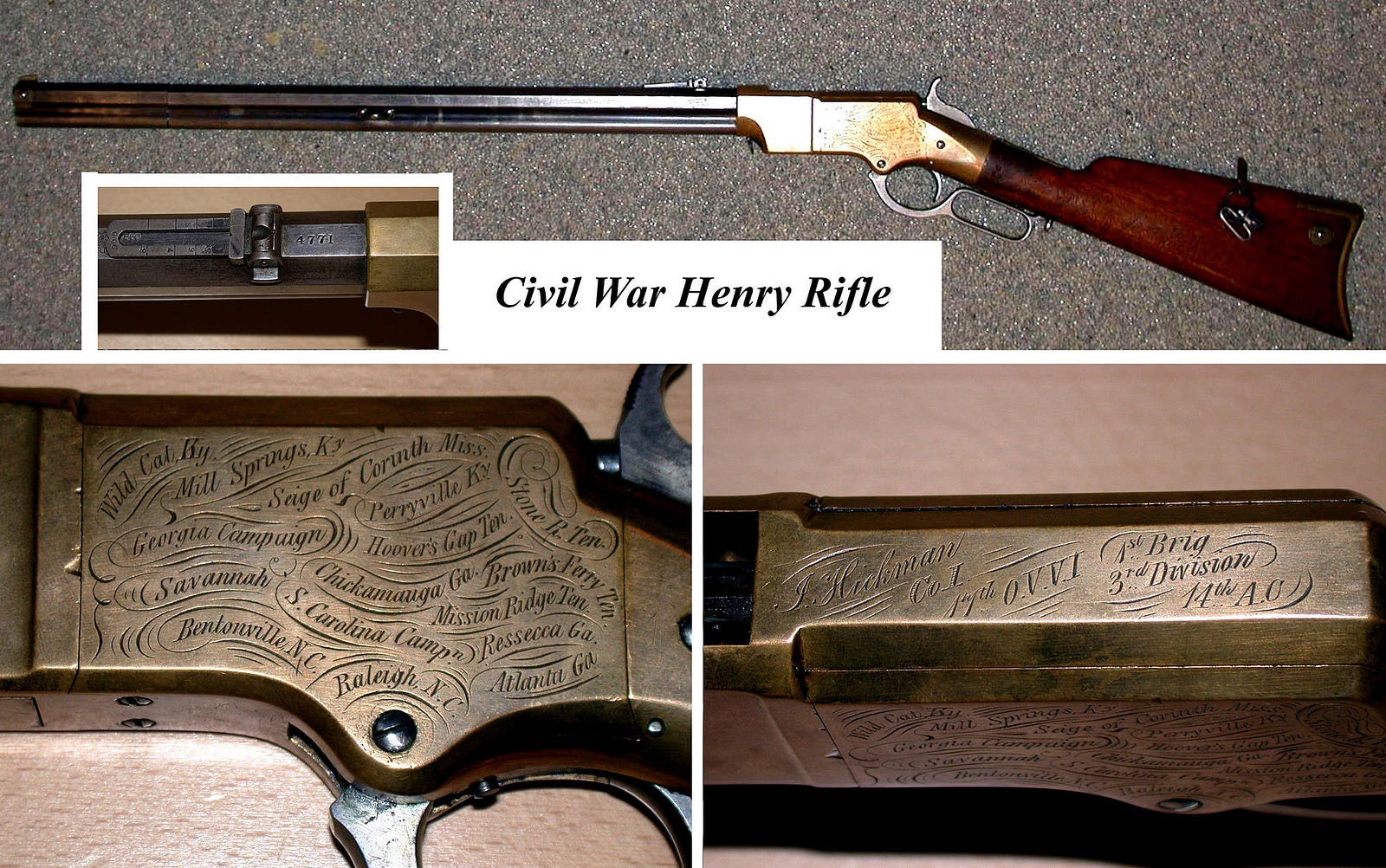


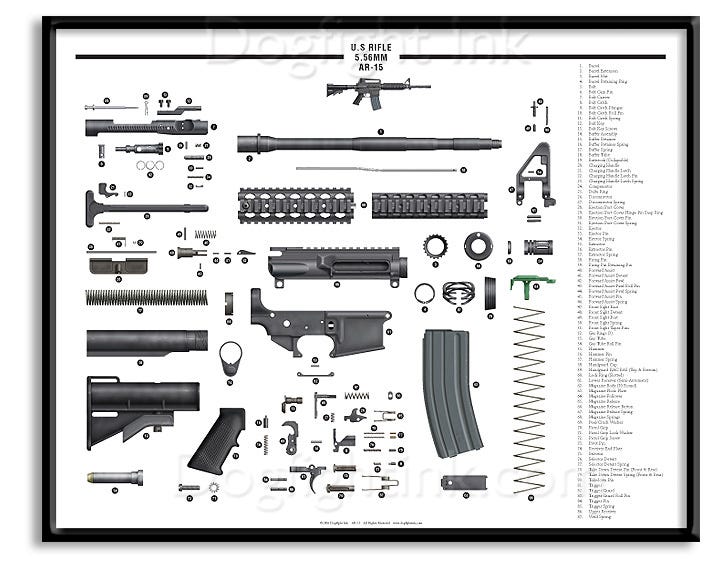
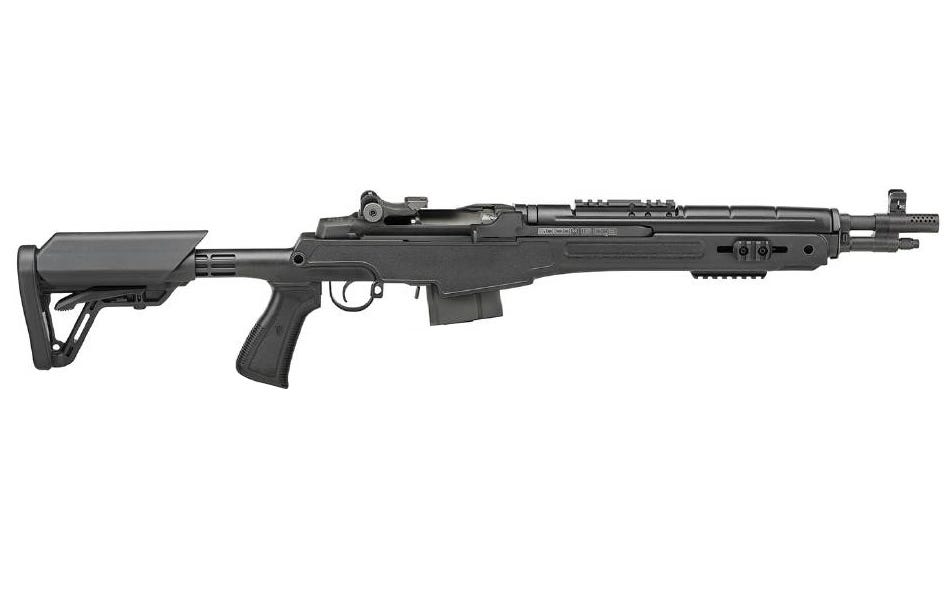
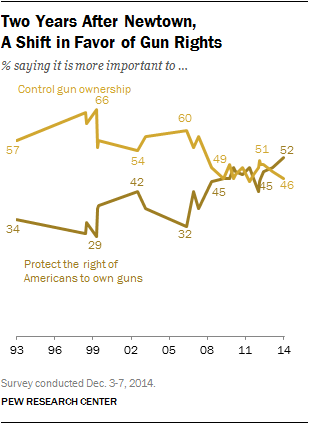
No comments:
Post a Comment
Anyone is welcome to use their voice here at FREEDOM OR ANARCHY,Campaign of Conscience.THERE IS NO JUSTICE IN AMERICA FOR THOSE WITH OUT MONEY if you seek real change and the truth the first best way is to use the power of the human voice and unite the world in a common cause our own survival I believe that to meet the challenges of our times, human beings will have to develop a greater sense of universal responsibility. Each of us must learn to work not just for oneself, ones own family or ones nation, but for the benefit of all humankind. Universal responsibility is the key to human survival. It is the best foundation for world peace,“Never be afraid to raise your voice for honesty and truth and compassion against injustice and lying and greed. If people all over the world...would do this, it would change the earth.” Love and Peace to you all stand free and your ground feed another if you can let us the free call it LAWFUL REBELLION standing for what is right